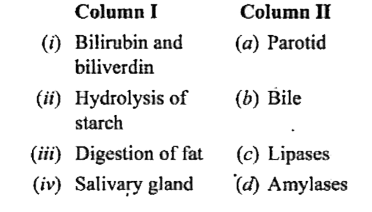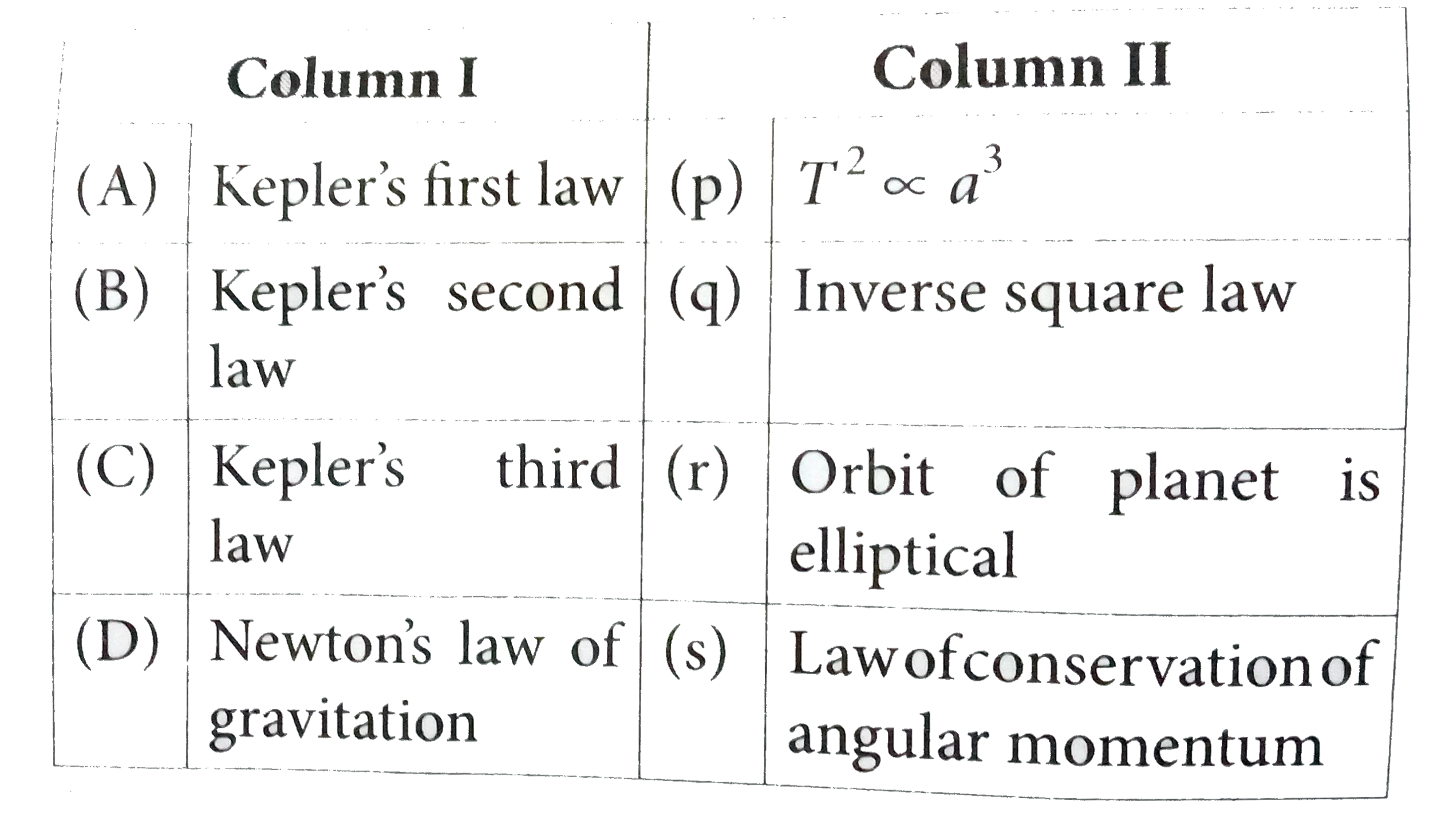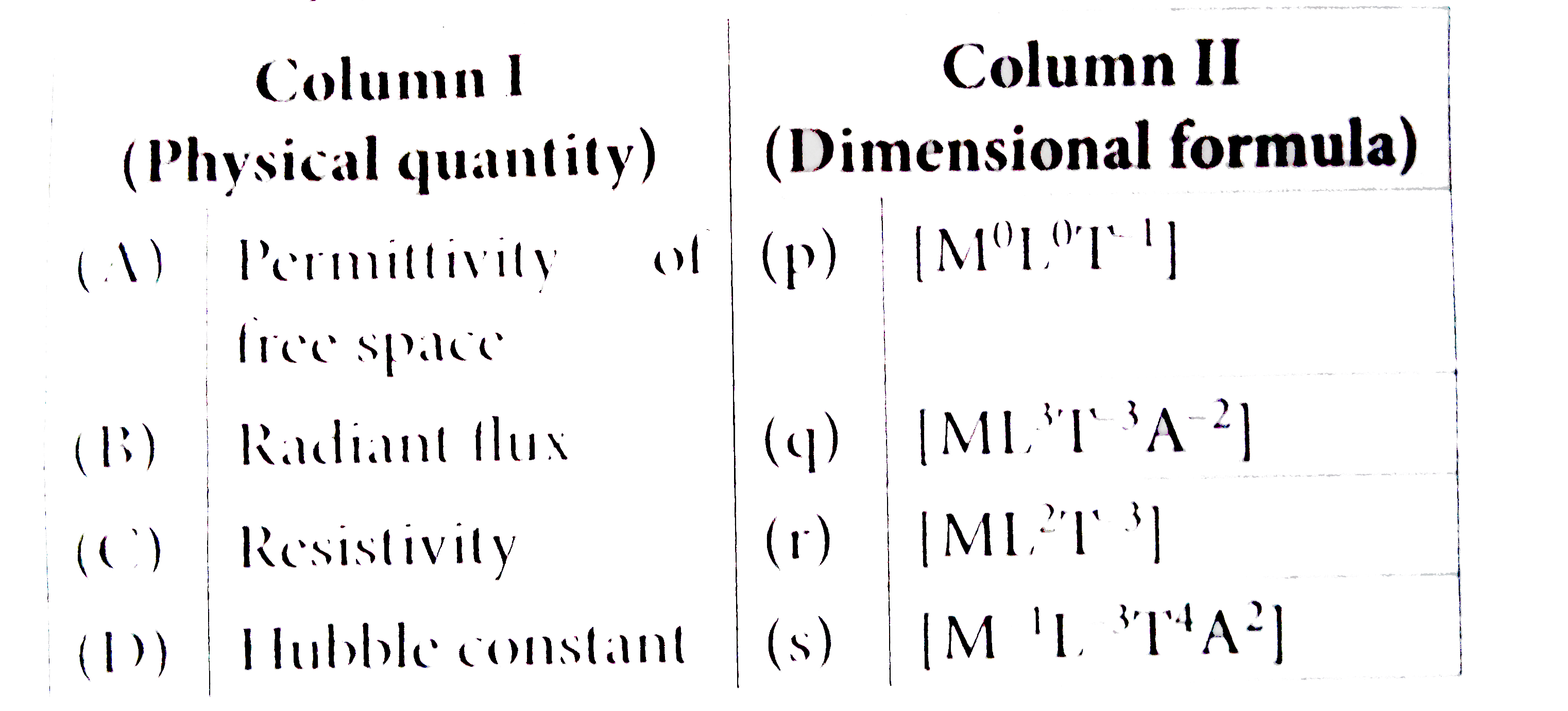Match the column :
Column IColumn II(i) Epiphyllous stamens(p) China rose(ii) Monoadelphous(q) Citrus(iii) Epipetalous stamens(r) Lily(iv) Polyadelphous(s) Brinjal
(i)−(r),(ii)−(s),(iii)−(p),(iv)−(q)
(i)−(q),(ii)−(s),(iii)−(p),(iv)−(r)
(i)−(q),(ii)−(p),(iii)−(s),(iv)−(r)
(i)−(r),(ii)−(p),(iii)−(s),(iv)−(q)
The correct Answer is:D
To solve the matching question, we need to understand the terms in Column I and their corresponding examples in Column II. Let's break it down step by step.
Step 1: Understand the terms in Column I
1. Epiphyllous stamens: These stamens are attached to the perianth, which is a floral structure where there is no distinct separation between the calyx and corolla.
2. Monoadelphous: This refers to a condition where the stamens are fused together into a single bundle.
3. Epipetalous stamens: In this case, the stamens are attached directly to the petals.
4. Polyadelphous: This condition involves multiple bundles of stamens, meaning there are more than two bundles present.
Step 2: Match with examples in Column II
1. Epiphyllous stamens: The example that fits this description is (r) Lily. Lily flowers have stamens that are attached to the perianth.
2. Monoadelphous: The correct example here is (p) China rose. China rose (Hibiscus) has its stamens fused into a single bundle.
3. Epipetalous stamens: The example that corresponds to this is (s) Brinjal. In brinjal (eggplant), the stamens are attached to the petals.
4. Polyadelphous: The example for this is (q) Citrus. Citrus plants have multiple bundles of stamens.
Step 3: Write the final matches
Now we can summarize the matches:
- (i) Epiphyllous stamens → (r) Lily
- (ii) Monoadelphous → (p) China rose
- (iii) Epipetalous stamens → (s) Brinjal
- (iv) Polyadelphous → (q) Citrus
Final Answer
The correct matches are:
- (i) → (r)
- (ii) → (p)
- (iii) → (s)
- (iv) → (q)
---
2. Monoadelphous: This refers to a condition where the stamens are fused together into a single bundle.
- (ii) Monoadelphous → (p) China rose
- (iii) Epipetalous stamens → (s) Brinjal
- (iv) Polyadelphous → (q) Citrus
- (i) → (r)
- (ii) → (p)
- (iii) → (s)
- (iv) → (q)
Similar Questions
Knowledge Check
Match the Column I and Column II:
 A1. i. 2. ii 3. iii 4. ivB1. i 2. ii 3. iii 4. ivC1. i2. ii 3. iii 4. ivD1. i 2. ii 3. iii 4. iv
A1. i. 2. ii 3. iii 4. ivB1. i 2. ii 3. iii 4. ivC1. i2. ii 3. iii 4. ivD1. i 2. ii 3. iii 4. ivMatch the Column I and Column II:
 A1. i 2. ii 3. iii 4. ivB1. i 2. ii 3. iii 4. ivC1. i 2. ii 3. iii 4. ivD1. i 2. ii 3. iii 4. iv
A1. i 2. ii 3. iii 4. ivB1. i 2. ii 3. iii 4. ivC1. i 2. ii 3. iii 4. ivD1. i 2. ii 3. iii 4. ivMatch the column I with Column II.
 AA-q,B-r, C-s,D-pBA-p, B-q, C-r, D-sCA-r, B-q, C-p, D-sDA-r, B-p, C-q, D-s
AA-q,B-r, C-s,D-pBA-p, B-q, C-r, D-sCA-r, B-q, C-p, D-sDA-r, B-p, C-q, D-s







